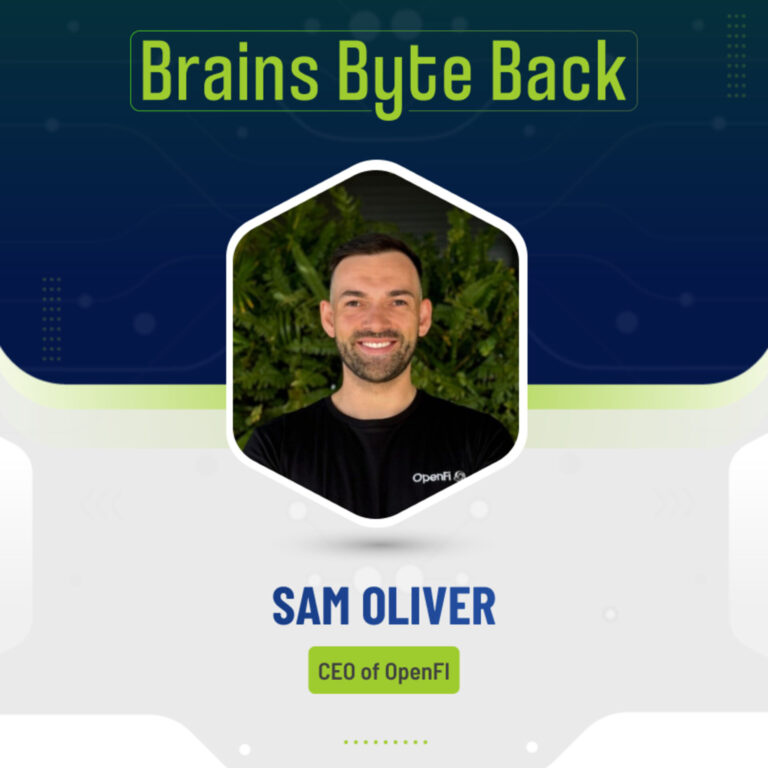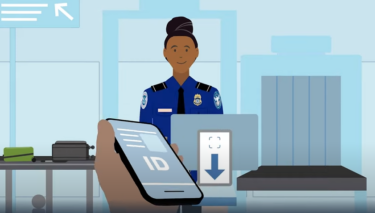Article by James Greaves, President and Co-Founder of Fractal
The fintech industry has been booming in the past five years, and what was originally sector very much on the wings of the finance scene is now taking center stage.
In fact, McKinsey research shows that the fintech industry’s revenue is expected to grow three times faster than revenues in the traditional banking sector over the next four years. That’s because digitalized financial services are fast becoming the norm: approximately 73% of global interaction with banks occurs through digital channels.
While there’s no doubt that fintech has made major headway in recent years, there’s still a lot to be done, particularly in the payments solutions space.
Here’s a breakdown of trends on the horizon and how to optimally integrate emerging solutions into your organization.
Trends to keep a pulse on
The big ongoing trend is banking versus fintech. For over a decade, the finance sector has been focused on providing better, more seamless digital experiences to remove the customer headache of sifting through piles of paperwork. Fintech has provided a much smoother experience to the underlying finance industry.
In spite of this, the hard reality is that the industry is only just breaking the surface of turning financial services into fintech. There’s still a long way to go in powering interoperability and more harmony and transparency across experiences. Many financial processes are still quite complex, involving a lot of paperwork and in-person visits, so driving more seamless and secure experiences is a top priority.
Payments and fintech are lower down on most companies’ priority lists, with most business leaders looking for quick-fix, easy plugins. However, collecting payments is universally one of the top interaction points for any business—it’s crucial to nail this process. That being said, there’s still a lot of headway to be made in the industry to sophisticate this process.
Maximizing scalability and operability
Embedded payments are generating a lot of buzz because they rapidly integrate better experiences into existing products without the need for huge amounts of coding. However, there’s an inherent lack of awareness about what these solutions really are and how they’re unlocking big results for companies.
Historically, companies have simply plugged in a vendor or partner’s product and been removed from the process. To illustrate, when a SaaS provider wanted to add payments to its platform, this meant that each customer had to choose a separate payment vendor to integrate with. This process created siloes where the SaaS platform was locked out of seeing top-level data or participating in a lucrative revenue stream. Moreover, this process also meant that SaaS organizations would have to accommodate any new integrations requested by their customers and hope they would work out.
Embedded payments are mitigating this fragmented approach—working at the platform level is revolutionary to driving scalability and achieving a more seamless experience for vendors and customers alike.
That’s because embedded technology allows companies to easily extend their product set through a couple of lines of code while tightly integrating their systems where both payments and SaaS services are displayed in a singular view. This approach is far simpler and more streamlined and is transforming customer interactions so they’re significantly more aligned.
Finally, companies should not require a massive internal team to facilitate this solution. Instead, business leaders should aim to strike a balance between focusing more on payment processing and not having to onboard big teams to operate it. This will help organizations maximize revenue and the experience they’re providing while minimizing the required legwork to expedite processes.
Finding the right provider
It’s no secret that the industry is riddled with risk, particularly as it becomes increasingly digitalized and more and more sensitive data is being shared. Fintech is just as much about managing risk and compliance as it is about technology. In fact, IBM’s Cost of a Data Breach Report 2024 found that the average cost of a data breach in the US hit $4.45 million in 2023.
That means that business leaders need to ensure they’re picking a vendor that is PCI DSS (Payment Card Industry Data Security Standard) compliant and is well-versed in compliance. Additionally, business leaders should be aware that no one in the fintech space operates without partners—this means checking vendors’ chain of partners and vendors.
Moreover, find a vendor who’s a partner in the true sense of the word. Rather than choosing a partner who simply provides embeddable widgets that just accept payments, opt for a reputable company that ensures those widgets can be powerfully and robustly integrated to optimize a seamless end-user experience.
When approaching smaller vendors, business leaders should vet the compatibility of potential partners’ solutions and processes with their performance goals for augmenting existing services.

This article includes a client of an Espacio portfolio company











